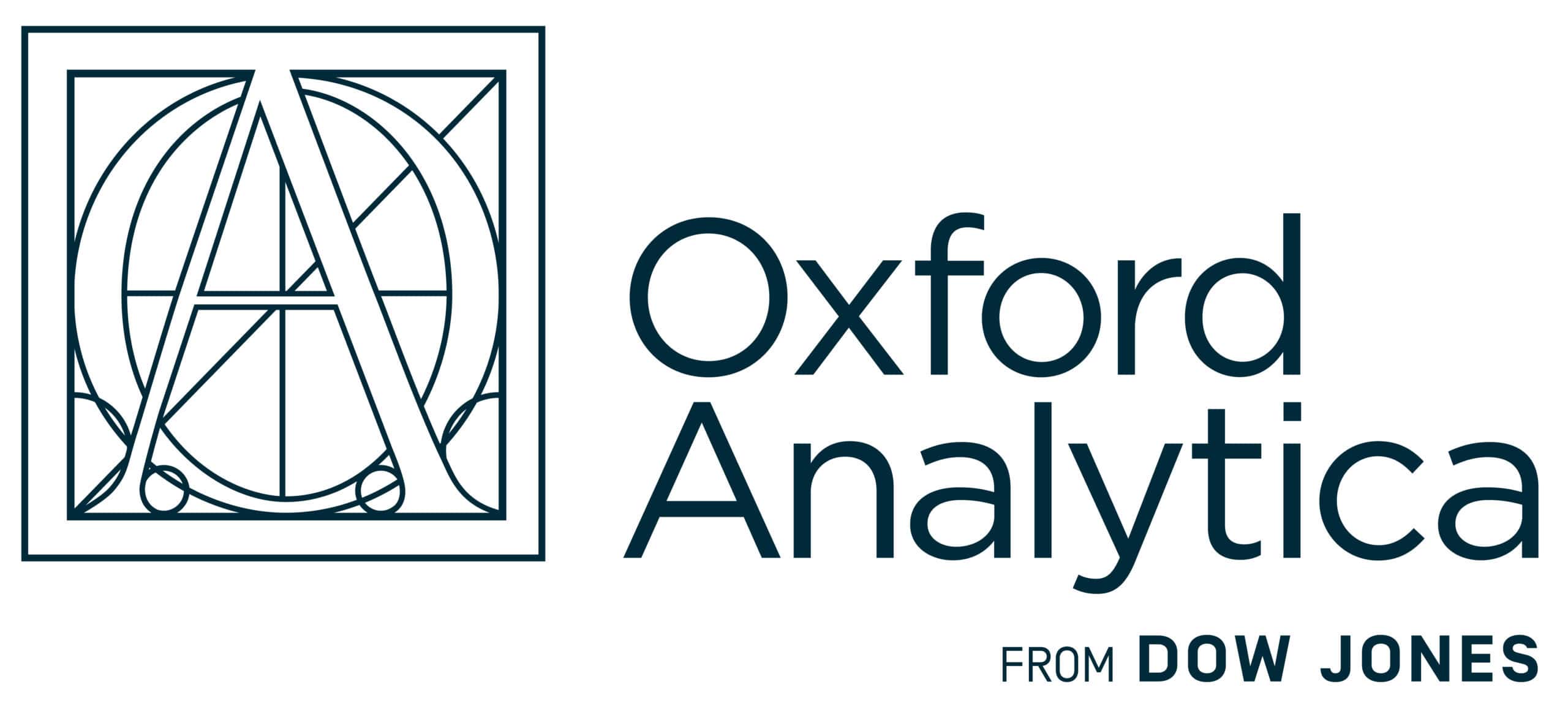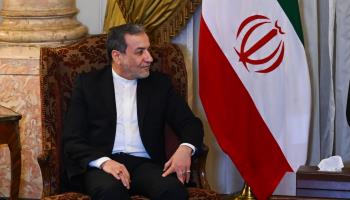Iran’s foreign policy has been weakened by regional events in the past year
The implementation of a ceasefire between Israel and Hamas yesterday brought a halt to 15 months of conflict that has greatly damaged Iran’s regional power. Economically, Iran is struggling to meet domestic needs and also support its Axis of Resistance partners. This bears on internal debates as to whether the best course now is to seek negotiations on the nuclear programme to win some breathing space, or continue resistance.
What next
Subsidiary Impacts
- In the short term, foreign policy will focus on gaining regional support to help stop any potential military strikes by Israel.
- The new government in Syria will maintain its distance from Tehran at present.
- Europe will provide opportunities for strengthening much-needed commercial ties if nuclear activities are de-escalated.
- If Khamenei dies, there is a low-likelihood possibility that the IRGC might favour constitutional change in order to boost the economy.
Analysis
Regional developments in the 15 months since Hamas’s attack on Israel on October 7, 2023 have significantly worsened the setting for Iran’s foreign policy. Tehran’s decades-long strategy of building and empowering a regional network of state and non-state actors has suffered a massive setback.
The overthrow of the government of President Bashar al-Assad in Syria, which was already distancing itself to an extent from Tehran, has deprived Iran of a key strategic regional ally. The military power of non-state actors, such as Hezbollah in Lebanon and Hamas in Gaza, has been significantly curtailed, while groups aligned with Iran in Iraq are limiting their anti-Israeli activities at present.
Furthermore, Tehran’s nuclear programme is under serious threat from the risk of direct military strikes or indirect action, such as cyber-attacks or planted explosives, by Israel. Today, Donald Trump will be sworn in as US president. He is expected to re-introduce his policy of “maximum pressure” on Tehran.
As a result, Iran’s foreign policy is likely to become more reactive and defensive, compared with the pre-October 2023 approach that was proactive and sought steady expansion of Iran’s regional power. Tehran now faces a range of difficult decisions and trade-offs, concerning:
- its nuclear and missile programmes;
- the future of its anti-Israel coalition, the Axis of Resistance; and
- whether to seek to engage with the West.
The domestic context will bear heavily on these choices, as socio-economic pressure is rising (see IRAN: Budget will cause further price pressures – December 16, 2024; and see IRAN: Further rolling blackouts are likely – December 9, 2024).
Internal rifts within the political establishment are also expected to become more visible, potentially undermining the execution of a coherent foreign policy. The dichotomy of “reformists” versus “revolutionary fundamentalists” is an exaggeration, as Khamenei has expanded his control over all aspects of Iranian politics.
Nevertheless, despite this control, there will likely be a divergence between those who believe the Islamic Republic should push back strongly against the United States and Israel, at the risk of a direct military conflict, and those who believe that compromises are needed in the short term to secure its survival.
It is not clear to which viewpoint the Supreme Leader inclines. However, he has been maintaining a consistent rhetoric of “resistance” against all adversaries, despite the regional setbacks faced by Tehran.
The nuclear programme
Perhaps the most important foreign policy decision is the future of the nuclear programme. The International Atomic Energy Agency (IAEA) is dissatisfied with Iran’s cooperation regarding verification of its nuclear obligations. These are taken seriously by the so-called E3 — France, Germany and the United Kingdom. President Masoud Pezeshkian has openly stated he wants a deal with the European powers in order to ease the international sanctions that are crippling the economy.
The 2015 Joint Comprehensive Plan of Action (JCPOA) lifted UN sanctions on Iran but included a snapback provision for their reimposition. The JCPOA will expire in October and so too the snapback provision. In light of IAEA complaints about Iran, the E3 are threatening to trigger the snapback mechanism before the October 11 deadline.
Meanwhile, recent reports indicate that Tehran has sent diplomatic missions to Russia to seek nuclear assistance. Western intelligence agencies have raised concerns that Moscow might be ready “to cross previously drawn red lines on the Iranian nuclear programme”. Moscow is likely to continue to support the government in Iran, having recently lost its ally in the Middle East in Syria.
Three scenarios are possible for Iran’s approach to the nuclear programme and its foreign policy:
- Tehran could continue to enrich uranium with the possible aim of developing a nuclear warhead, partly to offset the weakening of the Axis of Resistance, while eschewing negotiations. However, Tehran would have to increase the purity level of enriched uranium beyond the present 60% level to around 90% and this would risk an extended window of vulnerability until it had successfully tested a warhead and built a stock of highly enriched uranium sufficient to make several warheads. This is the least likely scenario at present.
- Tehran could negotiate in earnest with the E3, while halting its nuclear activities, in order to obtain sanctions relief.
- The most likely scenario is that Tehran opts for a twin-track approach, negotiating with the E3 while also pursuing its enrichment activities but insisting that it will not develop a bomb, which is presently forbidden by the Supreme Leader’s fatwa (religious ruling).
Iran would insist on an immediate easing of sanctions as part of a nuclear deal. This would reduce pressure on the government’s budget and help prop up the falling currency. In addition, Tehran would want to ring fence the negotiations by excluding its involvement with the Axis of Resistance. A stronger economy because of the easing of sanctions would allow the government to use more resources to rebuild the Axis.
However, a nuclear agreement would meet with criticism from the expatriate community and opposition in Iran as it would merely prolong the existence of the present political system. In particular, the expatriate community will likely attempt to derail any talks by lobbying the appropriate governments.
Moreover, the United States under Trump could make implementation of any Iran-E3 nuclear deal virtually impossible.
Without a deal, Iran would face enhanced socio-economic pressure with snapback sanctions adding to the renewal of US ‘maximum pressure’. Combined, they would further impair the government’s ability to maintain its welfare support for the population and curtail inflation.
Furthermore, more enrichment could encourage an emboldened Israel to initiate a direct or indirect attack on Iran’s nuclear sites. It is assumed that Iran would retaliate against Israel, directly and via the Huthi in Yemen. That would carry the risk of a wider regional conflict.
The Axis of Resistance
Ideology and finance were the two vital ingredients of the Axis of Resistance.
Iran’s revolutionary ideology has evolved to combine a Shia global vision with anti-hegemonic sentiments. In the last decade, the country’s senior officials have embraced the idea of a new world order based around a multi-polarity of non-Western powers. To position Iran as a globally significant and regionally powerful state, they have pursued a three-pillar strategy based around:
a network of state and non-state allies (the Axis of Resistance);
a “jihad of knowledge” concerning defence and cyber capabilities; and
a nuclear programme.
Although the ideological framework is unlikely to change under the current political system, the financial resources have become hard to obtain as international sanctions have reduced hydrocarbon revenues. Prior to the imposition of sanctions, the government was able to meet its domestic obligations while also funding the Axis of Resistance.
Iran now faces an almost impossible balancing act of supporting its population, which is showing signs of becoming increasingly restive, and rebuilding the Axis (see IRAN: New president will face policy challenges – August 5, 2024). It is difficult to believe the Islamic Republic will find a solution without sanctions relief and that will require a nuclear deal.
Some form of compromise will be necessary as public debate in Iran grows, drawing parallels between the end of the Soviet Union and today’s Iran. Digital media in the country, despite attempts by the authorities to control them, contain many panel discussions and presentations by domestic analysts. Inefficiency of the state-owned economic and industrial entities, corruption, shortages and rising prices of basic necessities (food and medicine) and utilities (water, gas and electricity) are the main causes of public dissent.
Even if there were sufficient financial resources to maintain the support for Axis of Resistance groups, physical delivery of weapons and cash would be difficult as a result of Assad’s ouster and the weakening of Hezbollah in Lebanon. The new Lebanese government has promised to regain the country’s sovereignty, which could curtail deliveries by air. Furthermore, Israel will likely be more heavy-handed in blocking Iran’s air access to Lebanon and land routes in Syria.
Tehran could focus on turning the Huthis in Yemen into a “southern Hezbollah”, despite the difficulties of distance. The Huthis are sufficiently ideologically aligned and inspired by the Islamic government in Iran to strengthen ties further with Tehran. Russia and China have also found the Huthis a convenient group through which to unsettle the West.
Although Western analysts speculate the Huthis could drop their relationship with Iran in return for UN recognition and a share of power in Yemen, their ideological closeness to Tehran makes this possibility unlikely at present. Their domestic and global agenda is to establish themselves as another Islamic Revolutionary government, with the backing of Iran.
However, rebuilding the Axis fits uneasily with Pezeshkian’s desire to rebuild relations with Europe and by extension the United States. Much could depend on the growing divergence over the best approach to maintaining the political system. Some favour active resistance to Israel and the West, possibly through military means or at least through cyber-activities. Others favour short-term compromise to afford Iran some breathing space.
Pezeshkian will argue for engagement but the Supreme Leader is the ultimate arbiter of foreign policy. This would remain the case even if Khamenei were to die in the next few months; his successor would set the course.
If a nuclear deal is not agreed, Khamenei could be caught between tensions and the threat of war with Israel and/or the United States, and a popular uprising in Iran. His rhetoric does not signal a readiness for making compromises but the reality of the situation may result in his support for a nuclear deal.
“Look East” foreign policy
Iran has been pursuing strategic partnerships with Russia, China and, to a lesser extent, India. It signed an upgraded 20-year strategic partnership with Russia on January 17, which followed a similar 25-year deal with China in March 2021 (see IRAN/RUSSIA: Benefits from new deal will be limited – January 17, 2025). These, plus membership of BRICS and the Shanghai Cooperation Organisation, and observer status in the Eurasian Economic Union, have formed the basis for a “Look East” foreign policy. Tehran perceives these countries as the winners from the West’s decline.
Look East has become entrenched in the elite’s thinking. It will not readily be displaced, even if a nuclear deal is concluded and implemented.
Overall, ties with China will remain stable, with Beijing remaining a key purchaser of Iranian crude oil, despite international sanctions. Those with Russia are likely to experience occasional bouts of tension, often related to events in the South Caucasus, but will generally remain strong (see IRAN: Influence will increase in the South Caucasus – November 8, 2024 and see RUSSIA: Moscow will not support escalation – May 2, 2024).
Indian ties will focus on commercial trade, such as the International North-South Transport Corridor, a multi-modular trade route, linking Russia with India, through Iran. Delhi and Tehran signed a ten-year agreement in early 2024 for Indian Ports Global Ltd to operate Chabahar Port at the end of the land transit route in Iran.
Iran-GCC relations
Trump’s return to the White House is encouraging more speculation that Saudi Arabia might join the Abraham Accords and normalise relations with Israel (see GULF STATES: Leaders will moderate Trump’s policies – November 18, 2024). Although this is unlikely at present, Iran’s March 2023 rapprochement with its Gulf Cooperation Council (GCC) neighbours, which has survived 15 months of regional conflict, looks in some doubt (see GULF STATES: Rivalry will shape regional relations – May 22, 2023).
Tehran has offered GCC states some respite from the threat of missile and drone attacks by the Huthi on Saudi Arabia and the United Arab Emirates (UAE), as were experienced in the late 2010s and early 2020s. In return, it hoped for increased economic cooperation and possible GCC investment which has not so far been forthcoming.
Rapprochement challenged the notion in Tehran and the Axis of Resistance that GCC states were close allies of the United States. However, the weakening of Iran since October 2023 raises the question as to whether, with Trump back in the White House, the UAE and Saudi Arabia might revert to their hostility towards Iran. This will largely depend on Iran’s strategic choices over the next few months.
Nevertheless, GCC states will be reluctant to be drawn into a war between Israel, backed the United States, and Iran. They will attempt to remain neutral, encouraging dialogue, in order to offset the chances of a return to the missile attacks on their hydrocarbon installations and infrastructure by the Huthis and/or Tehran.



